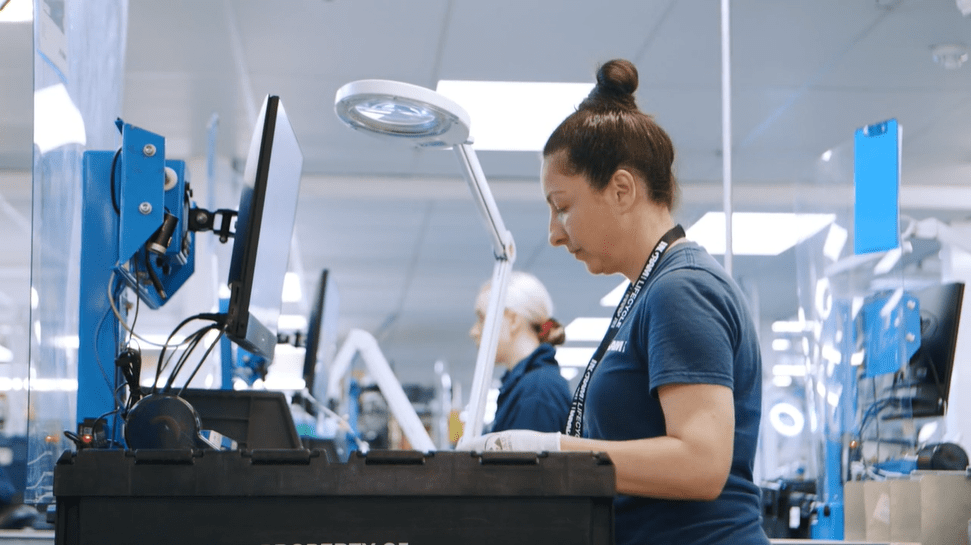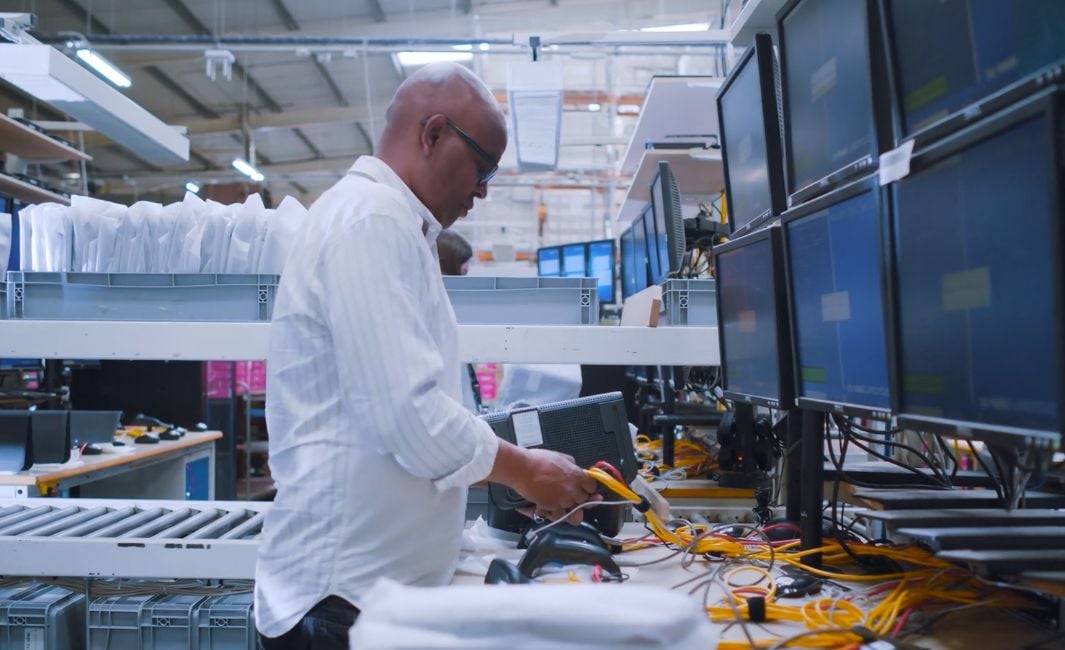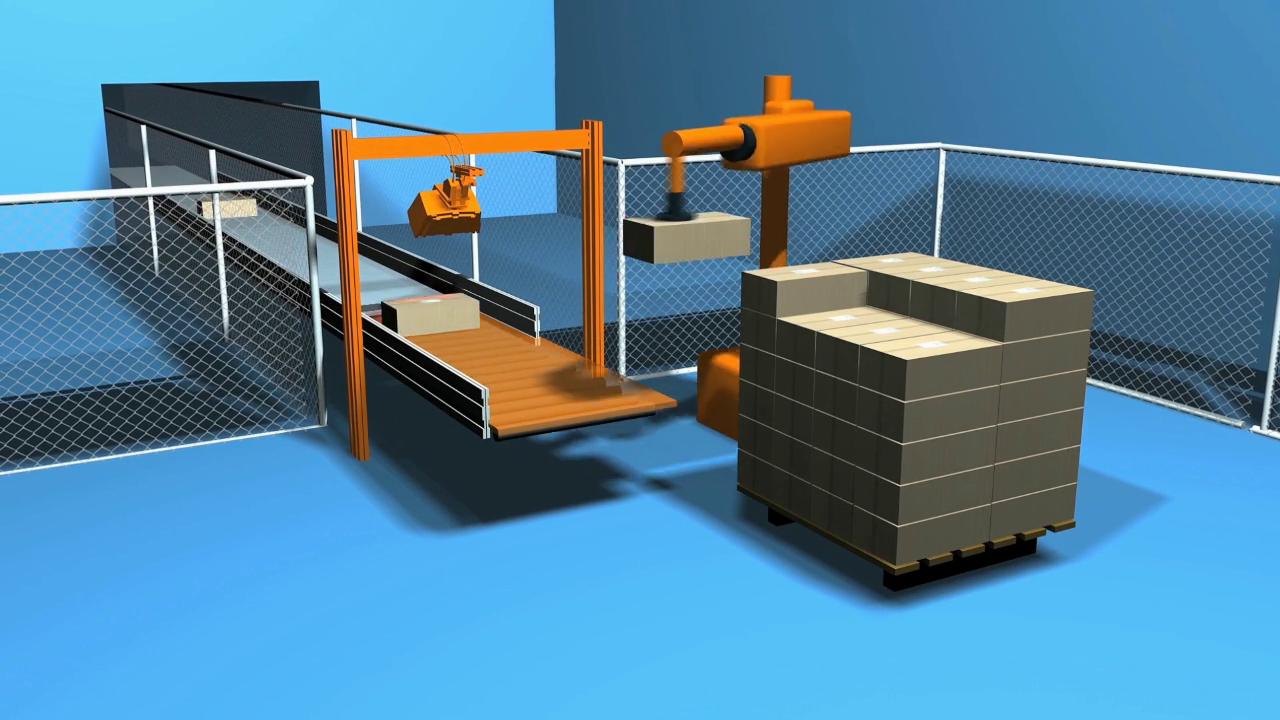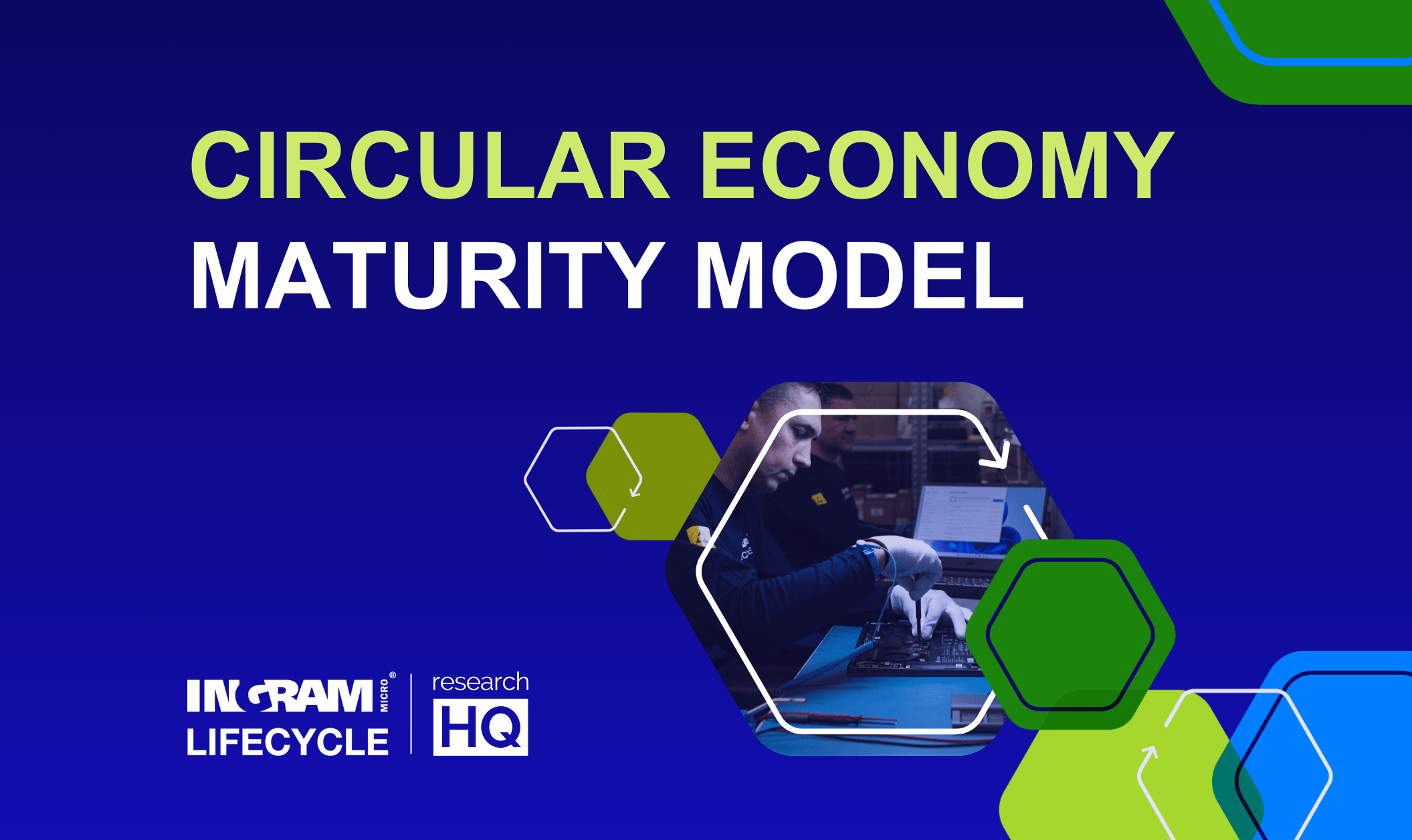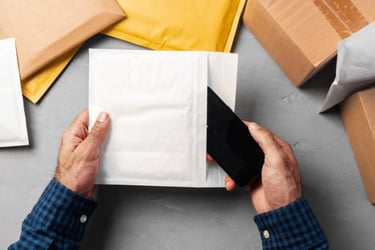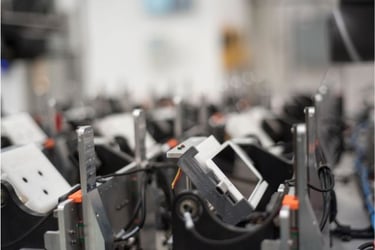Looking to remain competitive by offering or improving your trade-in program? Failing to do so could make it a costly endeavor that hemorrhages money, damages your brand reputation, and decreases customer loyalty.
Before setting out, define your program and seek to understand your target audience. Failing to meet customer expectations can result in customers looking elsewhere.
Thousands of traded-in devices pass through our hands daily which means we’ve developed the expertise and technical know-how to understand what makes a great trade-in program.
In this article, we’ll discuss and reveal the key secret ingredient your trade-in program needs to ensure success.
But first…
What is a trade-in program?
A trade-in program is where an end user of an electronic device, typically a smartphone, brings the used device back to a retailer (not necessarily the original retailer purchased from) to re-use and recover value.
Recovered value could be given to them in the form of cashback, store credit, or money off a new purchase.
Businesses can also benefit from trade-in programs, known as buyback schemes. These programs take back devices on a larger scale, in bulk, as opposed to single transactions.
Why are trade-in programs a good thing?
For consumers and enterprises, trade-in programs reduce the amount of abandoned technology being stored in drawers and cupboards. This, in turn, decreases the volume of technology that becomes e-waste.
The owner of the device benefits from doing good for the environment while also benefiting financially.
Pre-loved devices are given a chance to become loved again. The next owner benefits from being able to purchase a device at a lower entry point than buying brand new.
The potential security risks posed to enterprises can be lowered because it ensures their devices are being compliantly processed and wiped of data sooner rather than later. If you’re storing devices without wiping them, you could be opening your business up to data breaches. Just make sure the processing partner IS compliant.
Retailers, network operators, or OEMs (Original Equipment Manufacturers) receiving devices can screen them to determine whether it’s financially viable to conduct repairs and refurbishment. This readies the devices ahead of resale on the secondary market.
The demand for refurbished or 'second-life' devices is on the rise, and this surge in interest is boosting the market. Research predicts that half of the households in Western Europe will utilize at least one secondhand device in 2023.
Trade-in programs play a crucial role by supplying these refurbished devices.
Ultimately, the practice of trading in electronics supports the circular economy.
What’s the key to a successful trade-in program?
We’ve previously discussed the pros and cons of both online and in-store trade-in programs to help you discover which best suits your business.
Regardless of how your trade-in scheme operates, there is ONE factor that you must consider.
If your trade-in program doesn’t have this, its success is at risk.
Your trade-in program must have a seamless customer journey.
What does this mean?
Your target customers must be presented with a simple process. It must be logical.
Always remember that the customer is key. The customer journey and experience are more important than the value of the device.
Why is this key?
Your customers will vote with their feet – if they don’t like what you’re offering them, they will go elsewhere.
They want a simple process with no barriers or problems. It should require the least amount of effort possible for them to engage with you.
Be transparent about the options that are available to them. They may not know precisely what options you offer and won’t consider them.
This keeps the customer connected to the brand, stopping them from looking at your competitors. The more you can make them feel special and valued, the higher your chances of completing the transaction.
Consider that online transactions take longer than in-store. The first step is getting the process started online, but it doesn’t complete until the customer has posted the device.
If they had brought the device to you in-store, you would already possess it.
In online transactions, the consumer must source suitable packaging and take the parcel to be sent to you. Then there’s the time needed for the device to reach you via whichever courier. These steps add time and expose the process to delays.
You need to keep the customer engaged and interested over as short a timescale as possible. This increases the likelihood of the consumer sending the device to you.
Adapting the customer journey like this will achieve the highest conversion rate.
How to create a seamless trade-in customer journey
Keeping your customer interested is part of their seamless journey. They don’t want to be shopping around for better offers because that takes time and effort.
They want to come to one provider and be confident that they’re getting the best experience.
Utilize these tips to ensure your customer is getting a seamless journey.
Remarketing or retargeting
Track that the customer has been on your site and has been browsing new devices. If they’ve been a customer of yours for their current device, then you’ll have on record what they purchased.
You can reach out to them, presenting your trade-in options. This saves the customer the time and effort of needing to contact you first (which they may never do if they become distracted or entertain a competing offer).
Provide a bundle package
become a provider of choice for a package of solutions. This improves the customer journey as they don’t have to shop around for a variety of different solutions. Look to see where you can bundle services so they need to engage with fewer individual suppliers.
Offer a gift with purchase (GWP)
Offer a gift that your customers would find truly valuable and not something gimmicky that they won’t have a use for. It could be something meaningful like a Wi-Fi extender that will enhance the performance of their internet at home.
Communicate clearly
There is a sweet spot in communicating with your customers where you’re not bombarding them with unnecessary updates but are also not staying quiet.
Demonstrate that they’re valued by keeping them in the loop during important parts of the process. Messaging should be direct and clear, without jargon.
Manage expectations
Be sure that the customer understands all the steps in the chain and what is required to complete the transaction. Notify them when key milestones are met.
Straightforward recovery
Ensure it’s easy for the customer to get their device to you. If they’re in-store with it and ready to hand it over, great. Make sure you can process it on the day.
If the customer will ship it to you, refine the process so it’s straightforward. Provide a QR code so they can access a shipping label. To be more environmentally friendly, allow them to use packaging they already have at home, but provide guidelines on secure packaging.
Provide packaging for customers unsure if they have something suitable.
Personalize, but don’t be personal
Tailor your offerings to the particular customer you’re marketing to. Remember the GWP? Offer a variety to allow choice rather than one blanket gift for all.
If they’re a customer of yours, then you should know what device they have and can offer a live quote when they’re in your store.
Address your customer by name in any communications but maintain distance. You don’t need to form a personal relationship with them.
Trade-up on your trade-in program
By remembering our one key rule for trade-in programs, you’ll be on your way to success. Always keep the process simple and easy to follow, with the customer at the center.
Ingram Micro Lifecycle is an experienced partner for trade-in programs. We work with most UK network operators and other retailers supporting their trade-in programs.
Reach out to our team today to discuss how we can support you.
You may also be interested in reading:
- 8 Pitfalls of Consumer-Facing Trade-In Programs & How to Avoid Them
- In-store vs Online Trade-In Programs: Which is Best for Your Business?
- 5 Sourcing Pitfalls to Avoid When Stocking Refurbished Electronics
- 7 Reasons Why Consumers are Switching from New to Refurbished Devices
- 4 Ways a Circular Economy Has Influenced Device Ownership
- 5 Ways a Technology Circular Economy Boosts Your Sustainability Goals


